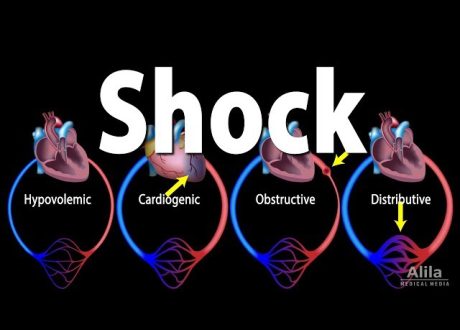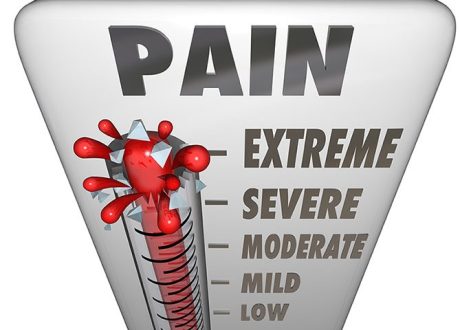 S. Desch, A. Freund, I. Akin, M. Behnes, M.R. Preusch, T.A. Zelniker, C. Skurk, U. Landmesser, T. Graf, I. Eitel, G. Fuernau, H. Haake, P. Nordbeck, F. Hammer, S.B. Felix, C. Hassager, T. Engstrøm, S. Fichtlscherer, J. Ledwoch, K. Lenk, M. Joner, S. Steiner, C. Liebetrau, I. Voigt, U. Zeymer, M. Brand, R. Schmitz, J. Horstkotte, C. Jacobshagen, J. Pöss, M. Abdel-Wahab, P. Lurz, A. Jobs, S. de Waha-Thiele, D. Olbrich, F. Sandig, I.R. König, S. Brett, M. Vens, K. Klinge, and H. Thiele, for the TOMAHAWK Investigators*
S. Desch, A. Freund, I. Akin, M. Behnes, M.R. Preusch, T.A. Zelniker, C. Skurk, U. Landmesser, T. Graf, I. Eitel, G. Fuernau, H. Haake, P. Nordbeck, F. Hammer, S.B. Felix, C. Hassager, T. Engstrøm, S. Fichtlscherer, J. Ledwoch, K. Lenk, M. Joner, S. Steiner, C. Liebetrau, I. Voigt, U. Zeymer, M. Brand, R. Schmitz, J. Horstkotte, C. Jacobshagen, J. Pöss, M. Abdel-Wahab, P. Lurz, A. Jobs, S. de Waha-Thiele, D. Olbrich, F. Sandig, I.R. König, S. Brett, M. Vens, K. Klinge, and H. Thiele, for the TOMAHAWK Investigators*
Abstract
BACKGROUND
Myocardial infarction is a frequent cause of out-of-hospital cardiac arrest. However, the benefits of early coronary angiography and revascularization in resuscitated patients without electrocardiographic evidence of ST-segment elevation are unclear.
METHODS
In this multicenter trial, we randomly assigned 554 patients with successfully resuscitated out-of-hospital cardiac arrest of possible coronary origin to undergo either immediate coronary angiography (immediate-angiography group) or initial intensive care assessment with delayed or selective angiography (delayed-angiography group). All the patients had no evidence of ST-segment elevation on postresuscitation electrocardiography. The primary end point was death from any cause at 30 days. Secondary end points included a composite of death from any cause or severe neurologic deficit at 30 days.
RESULTS
A total of 530 of 554 patients (95.7%) were included in the primary analysis. At 30 days, 143 of 265 patients (54.0%) in the immediate-angiography group and 122 of 265 patients (46.0%) in the delayed-angiography group had died (hazard ratio, 1.28; 95% confidence interval [CI], 1.00 to 1.63; P=0.06). The composite of death or severe neurologic deficit occurred more frequently in the immediate-angiography group (in 164 of 255 patients [64.3%]) than in the delayed-angiography group (in 138 of 248 patients [55.6%]), for a relative risk of 1.16 (95% CI, 1.00 to 1.34). Values for peak troponin release and for the incidence of moderate or severe bleeding, stroke, and renal-replacement therapy were similar in the two groups.
CONCLUSIONS
Among patients with resuscitated out-of-hospital cardiac arrest without ST-segment elevation, a strategy of performing immediate angiography provided no benefit over a delayed or selective strategy with respect to the 30-day risk of death from any cause. (Funded by the German Center for Cardiovascular Research; TOMAHAWK ClinicalTrials.gov number, NCT02750462. opens in new tab.)










